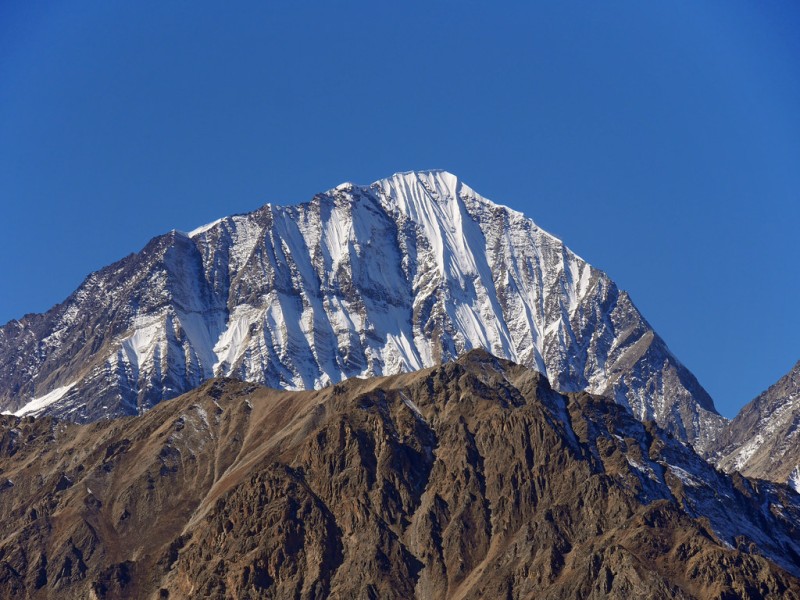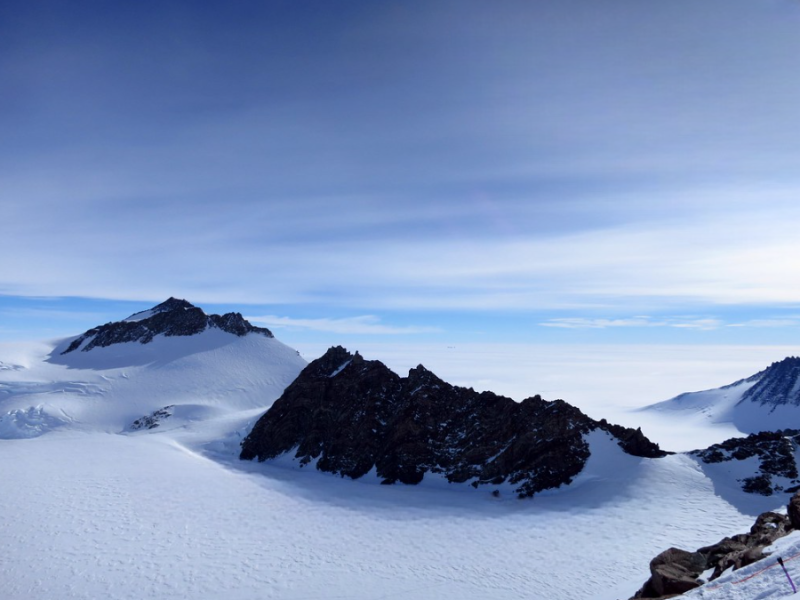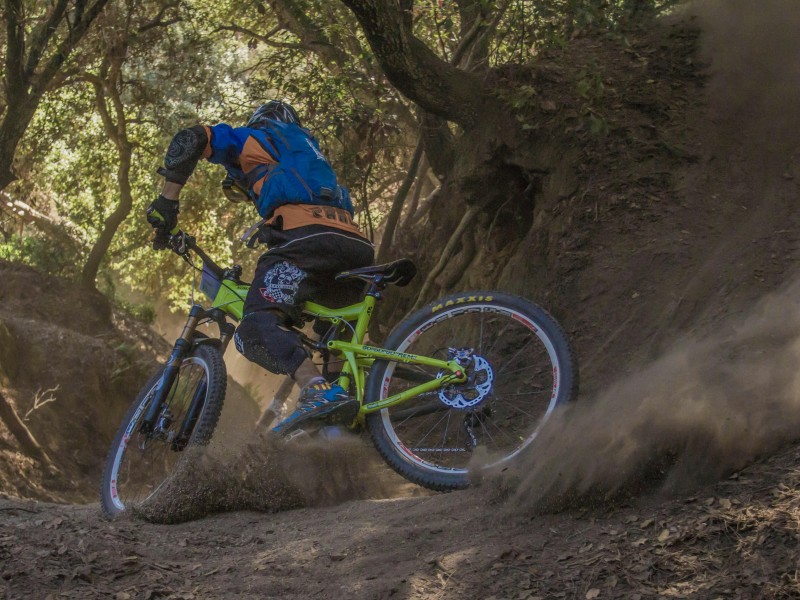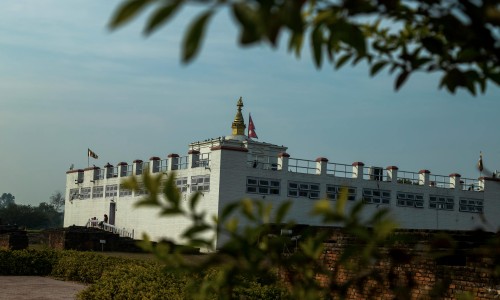3 Pilgrims Discover the influence Buddhism had on Kathmandu while on this 6-hour tour. Accompanied by a private city guide, you will explore Stupas and Temples such as Boudhanath, Pashupatinath, Swayambhunath and have a chance to observe locals partake in daily worship as you venture deeper into the land.
This is a typical itinerary for this product Pass By: Kathmandu Durbar Square, Kathmandu, Kathmandu Valley, Bagmati Zone, Central RegionDurbar Square, which means Royal Squar...
3 Pilgrims Discover the influence Buddhism had on Kathmandu while on this 6-hour tour. Accompanied by a private city guide, you will explore Stupas and Temples such as Boudhanath, Pashupatinath, Swayambhunath and have a chance to observe locals partake in daily worship as you venture deeper into the land.
This is a typical itinerary for this product Pass By: Kathmandu Durbar Square, Kathmandu, Kathmandu Valley, Bagmati Zone, Central RegionDurbar Square, which means Royal Squares in English, is the generic name used to describe plazas and areas opposite the old royal palaces in Nepal. It consists of temples, idols, open courts, water fountains and more.Stop At: Pashupatinath Temple, Kathmandu, Kathmandu Valley, Bagmati Zone, Central Region.
The Pashupatinath Temple:
Pashupatinath Temple is a famous and sacred Hindu temple complex that is located on the banks of the Bagmati River, approximately 5 kilometers north-east of Kathmandu in the eastern part of Kathmandu Valley, the capital of Nepal. The temple serves as the seat of Pashupatinath.
Pashupatinath is more than just a religious destination. It is a combination of religion, art, and culture. It offers peace and devotion. The temple, spread across 246 hectares of land, abounds in temples and monuments. Hundreds of rituals are performed here every day. The temple premises is an open museum. This national treasure was designated a UNESCO World Cultural Heritage Site in 1979.
This temple is an important destination for art historians. It displays a variety of temple designs, some of which are Dome style, Pagoda style, Shikhara style and so on. Additionally there are varieties of statues and sculptures around the complex. There are statues made out of stone, metal, and wood. The doors and pillars around the temple area are carved in beautiful shapes of God and griffins. Pashupatinath stretches from the main temple of Pashupatinath to Guheshwori. There are many famous temples inside this area including the Bhuwaneshwori, the Dakshinamurti, Tamreshwor, Panchdewal, Bishwarupa, and others.
The temple of Kali, located on the banks of River Bagmati has an interesting appearance and is loaded with mythology. The myth is that the statue grows out of its original spot and that the world will come to an end when the half-in half-out figure is fully exposed. Each temple has its own set of rituals to be performed, and every temple has specific values and customs. On the other side of the river is a small forest Shleshmantak, home to animals like deer and monkeys. A traditional crematorium stands on the banks of the River Bagmati.
Pashupatinath's vast area embraces cultural heritage, forest, and water resources which need to be preserved and managed. Hence the Pashupati Area Development Trust (PADT) was founded in 1996. Since then, the activities at Pashupati are governed by this administrative body.
The Swayambhunath or Monkey Temple:
Swayambhu or Monkey Temple is an ancient religious architecture atop a hill in the Kathmandu Valley, west of Kathmandu city. The Tibetan name for the site means 'Sublime Trees', for the many varieties of trees found on the hill. Find peace and prayers on the little hillock of Swayambhunath in the northwest of the Kathmandu Valley. Visitors for whom the name was a tongue twister have called it "Monkey Temple" from the 1970s.
The stupa has stood as a hallmark of faith and harmony for centuries with Hindu temples and deities incorporated in this Buddhist site. The glory of Kathmandu Valley is said to have started from this point.
Resting on a hillock 3 km west of Kathmandu, Swayambhu is one of the holiest Buddhist stupas in Nepal. It is said to have evolved spontaneously when the valley was created out of a primordial lake more than 2,000 years ago. This stupa is the oldest of its kind in Nepal and has numerous shrines and monasteries on its premises.
Swayambhu literally means "self-existent one". Believed to date back to 460 A.D., it was built by King Manadeva and by the 13th century, it had become an important center of Buddhism.
Legend has it that Swayambhu was born out of a lotus flower that bloomed in the middle of a lake that once spread across the Kathmandu Valley. The largest image of Sakyamuni Buddha in Nepal sits on a high pedestal on the western boundary of Swayambhu. Behind the hilltop is a temple dedicated to Manjusri or Saraswati - the Goddess of learning. Chaityas, statues and shrines of Buddhist and Hindu deities fill the stupa complex. The base of the hill is almost entirely surrounded by prayer wheels and deities. Devotees can be seen circumambulating the stupa at all times. A large number of Buddhists and Hindus alike visit Swayambhu throughout the day. This shrine is perhaps the best place to observe religious harmony in Nepal. The largest crowds of people are seen here on Buddha's birthday which usually falls in May each year. Exceedingly steep stone steps that lead up to the shrine is quite a challenge. However, there is also a motor road going up almost to the top from where it is a short walk. Swayambhu, overlooks most parts of the valley,.giving visitors panoramic views of the city.
The Boudhanath Stupa:
Boudhanath is a stupa in Kathmandu, Nepal. Located about 11 km from the center and northeastern outskirts of Kathmandu, the stupa's massive mandala makes it one of the largest spherical stupas in Nepal. Take an early morning or evening stroll around the inspiring white dome buzzing with energy; observe the devout passersby, light a butter lamp and send a prayer where you wish, look around for souvenirs, or observe all from a nearby rooftop restaurant, coffee in hand.
Situated 8 km to the east of downtown Kathmandu, Boudhanath, is one of the most imposing landmarks in Kathmandu, visible as soon as you land at the Tribhuvan International Airport. It is the largest stupa in Kathmandu Valley. The 36-meter-high stupa of Boudhanath is one of the largest stupas in South Asia. With countless monasteries surrounding it, Boudhanath is the center of Tibetan Buddhism in Nepal.
Built in the shape of a mandala designed to replicate the Gyangtse of Tibet, the stupa was renovated by Licchhavi rulers in the 8th century. The location of the stupa is interesting as it once lay on the ancient trade route to Tibet and it was here that Tibetan merchants rested and offered prayers for centuries.
On each side are a pair of the all-seeing-eyes of the Buddha symbolizing awareness. The canopy has 13 stages. At ground level there is a brick wall with 147 niches and 108 images of the meditational Buddha inset behind copper prayer wheels.
- 1 day Step back in time on a history tour of 3 UNESCO World Cultural Heritage Site
- All entrance fees and All taxes, fuel surcharges and service fees included
- Private tour is operated with just your party and a guide/driver
- Instant Confirmation
- Transport by Private vehicles (Car, Van or Bus) as per group size
- Airport and Hotel pickup and drop-off by private vehicle
- Professional City guide
- Entry/Admission - Pashupatinath Temple
- Entry/Admission - Boudhanath Stupa
- Entry/Admission - Swayambhunath Temple
- Food and drinks
- Tips for the Guide and Driver
Related Packages
Copyright ©2025 All rights reserved | Xtreme Climbers Treks and Expedition - Your Adventure Partner in Nepal



































































































































